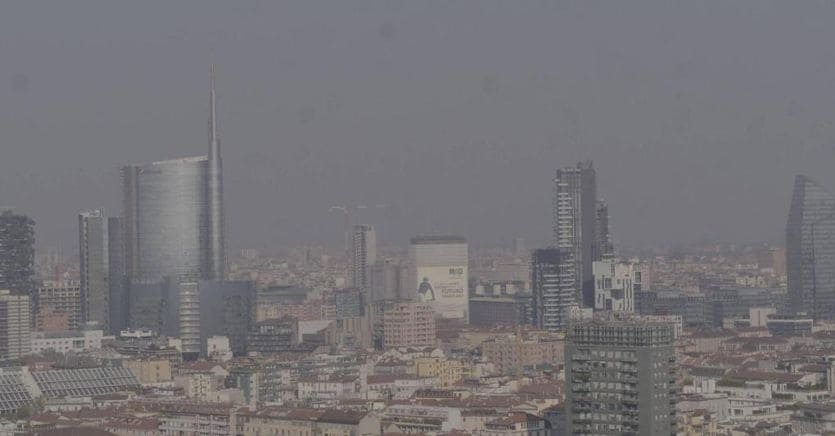Fifth analysis by scientists on the Po Valley air. The sanitary confinement of spring 2020 was detected by the sense of smell of the sensors, but not very much and in a contradictory way. [«Le emissioni dei precursori del PM10», Alessandro Marongiu]. In the hardest weeks of viral cloister, nitrogen oxides (traffic) decreased while dust had a slight decline: instead of creating traffic, the Po people closed their homes and polluted by running the heating systems at full throttle. And in the darkest hour of the most rigorous enclosure, the smog even rose on 5-13 March and 15-22 March 2020. [«Qualità dell’aria e Covid», Arianna Trentini].
For two days at the beginning of October in Venice, the European Prepair program brought together scientists and planners from Emilia-Romagna, Lombardy, Piedmont, Veneto with the other regions and autonomous provinces of Northern Italy and with Slovenia’s neighbors. The regional councilors for the environment Irene Priolo, Raffaele Cattaneo, Matteo Marnati and Gianpaolo Bottacin have promised new investments, they are committed to the delegation of environmentalists, such as Barbara Meggetto president of Legambiente Lombardia and Giorgio Zampetti general manager of the national Legambiente.
Of course, the Regions have engaged in significant efforts since 2005, coordinated by the Po Valley Agreement, but the important results are far from the objectives. More cycle paths, more subways and so on, but the primary sources of pollution say that the environmental contribution of bicycles, solar panels and blocks to cars is useful but does not solve.
What brought down the pollution, say the scientists, were above all two large and hardly visible processes. The large factories of yore, which sported smoky chimneys as a symbol of activism, produce in other parts of the world. And, above all, technologies have changed: coal boilers have been eliminated, diesel ones are rare; engines emit dozens of times less polluting, industrial processes are better. The disappearance of major pollution has made evident what was once in the background, such as agriculture or fireplaces. The councilors of Northern Italy protest that the interregional air project with interventions quantifiable in 2 billion euros is not included in the Pnrr.
Meanwhile, the WHO last week indicated what levels of pollutants are tolerable for healthy air. The EU could adopt them. The Lombard councilor Cattaneo blurted out, with the hoarse voice and direct tone that characterize him: “The Po Valley plan would not achieve these objectives even if the 25 million inhabitants were deported.” Cattaneo is right, but fortunately the environmental challenge does not include such drastic solutions.
